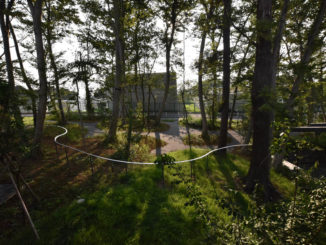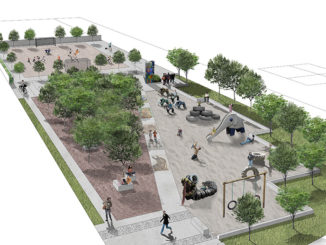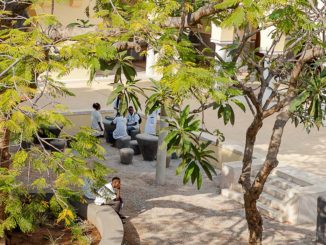Over recent periods there has been an increase in visitor numbers to National Parks in several countries including China, USA(+7.7% 2016), Canada(+7% 2011-2016), South Africa (6%). Seeing people enjoy the natural beauty and conservation areas is encouraging when we often hear about the disconnection of people from nature. The downside is increased numbers is the impact on the nature and the associated problems of traffic jams, parking, pollution and more. Of course, there are many other issues that hamper conservation including poaching, unauthorised clearing, illegal uses, however this post was to provide solutions for crowding issues raised recently.
How can we all everyone to enjoy nature but minimise the impact?
Limiting Access
Limiting the impact on the parks through limiting access by ticket numbers is one method of reducing the impact. There are some parks that have a limit to the number of visitors per day to the whole or part of the park to minimise the impact.
Ballots/Reservations
Allow people to reserve a day they wish to visit or camp in the Park when used in conjunction with limiting access can encourage people to pre-book and
Peak/Surge Pricing
Something akin to Uber surge pricing, Parks charge more for peak periods (certain weeks of the year) to encourage people to visit at other times. Although this can discourage families who only have the school holidays to visit.
Centralised Transport
Car parking can often create problems including erosion, compaction, pollution. Through centralising car parking and using shuttle buses/vehicles this can allow for better planning and reducing traffic and pollution in the park.
Real-time traffic
Giving people real time data (apps and smart signs) about visitor numbers can provide people with the ability to access parks from different entry and carpark points (Gate 1 – Full, Gate 2 – Moderate). Also providing the data in nearby towns and tourist centres (similar to hotels that show flight delays)
Education
The best way to conserve National Parks and Conservation areas is through educating people that parks are a finite resource that is damaged through increased numbers and how they can reduce their impact – stick to paths and trails, leave with what you brought and encouraging other visitors to do the same.
Also educating the public on other parks that they may consider visiting. The main attractions such as Yellowstone, Zion, Banff, Huangshan, Cradle Mountain, Kruger, are well know around the world however there are other parks that have the similar or same beauty with less visitor numbers.
Planning
Creating plans and guidelines for future growth of visitors allows for proactive conservation and management of parks. Although planning is only one part of the equation with implementation the greater part of equation which often takes years for volunteers, park rangers and the communities to realise through lobbying and crowdsourcing funds.
The conservation of National Parks is key to ensuring these natural areas are protected for years and generations to come.
Image Credits | Flickr User – Yellowstone National Park
Damian Holmes is the founder and Editor of WLA. He is also a registered Landscape Architect of the Australian Institute of Landscape Architects and has over 15 years experience as a landscape architect in Australia, Canada and China.
Post inspired by How A Surge in Visitors Is Overwhelming America’s National Parks




